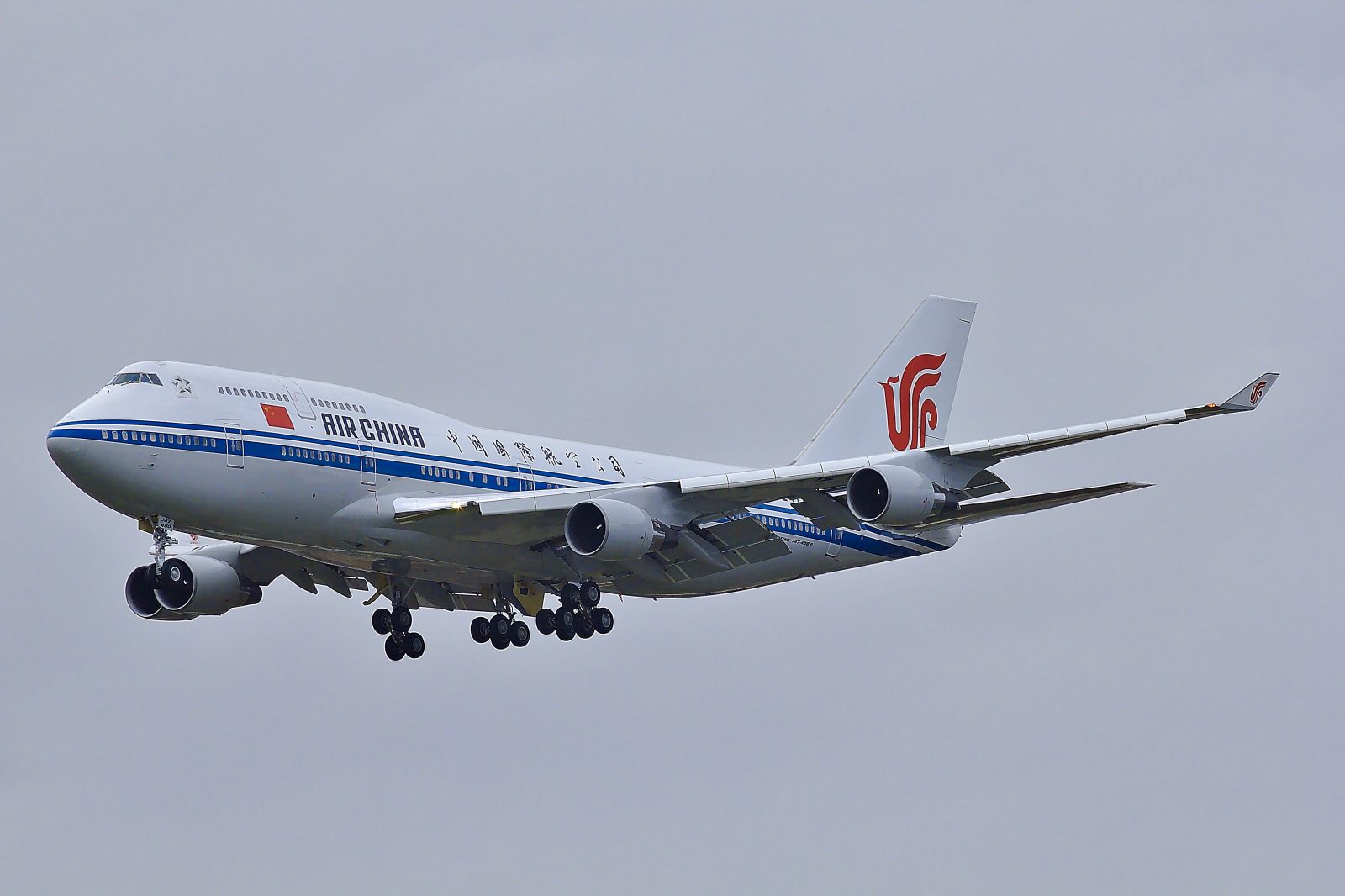
Flight attendants have been told to wear disposable diapers rather than use onboard restrooms during high-risk flights from countries with a high prevalence of the novel Coronavirus according to new guidelines from China’s official civil aviation regulator. The lengthy guidelines are designed to help airlines and flight attendants reduce the risk of infection and keep COVID-19 out of China.
Once the epicentre of the pandemic, China has successfully all but eliminated the SARS-CoV2 virus domestically and is most concerned about the novel Coronavirus being reimported from abroad. Despite strict quarantine rules and a stringent testing regimen, officials are still concerned airline passengers or even crew could spread the virus back at home.
The sixth edition of CAAC’s Technical Guidelines for Prevention and Control of Epidemics in Transport Airlines and Airports goes into extensive detail on how airlines and flight attendants should prevent possible infection both during a flight, as well as before and after a flight.
While domestic flights are now no longer even classified as posing any risk whatsoever, the guidelines provide extreme advice on how to mitigate the risk of infection on flights from countries where the infection rate is 500 in every one million people or more.
Perhaps the most eye-catching is the suggestion that flight attendants wear disposable diapers in order to avoid using the lavatory. During high-risk flights, flight attendants should also wear a face mask, a double layer of medical-grade disposable gloves, goggles, disposable hair covers, a disposable full-body hazmat suit and shoe covers.
To further prevent the risk of infection, the plane should be divided into four sections: the clean area where only cabin crew are allowed, the buffer zone where cabin crew put on or take off personal protective clothing, the passenger seating area and an emergency isolation area for anyone that displays symptoms of COVID-19.
Each area should be separated by disposable curtains and at least one onboard lavatory should be exclusively for use by cabin crew only.
But even with all of those preventative measures, cabin crew are still expected to quarantine on their return. For the first seven days, cabin crew who have flown from a high-risk location must go into central quarantine and only after seven days and a negative test can they transfer to home isolation for a further seven days.
H/T: Bloomberg
Related
Mateusz Maszczynski honed his skills as an international flight attendant at the most prominent airline in the Middle East and has been flying ever since... most recently for a well known European airline. Matt is passionate about the aviation industry and has become an expert in passenger experience and human-centric stories. Always keeping an ear close to the ground, Matt's industry insights, analysis and news coverage is frequently relied upon by some of the biggest names in journalism.








I don’t see any issues with this. This is why China is doing better than us during pandemic.
And you are why they continue with this, foolishness! That sounds $&@?!?$ ridiculous! Wait you cannot see the Sci-Fi movie we are living in. Stay tuned it gets more and more dystopian!